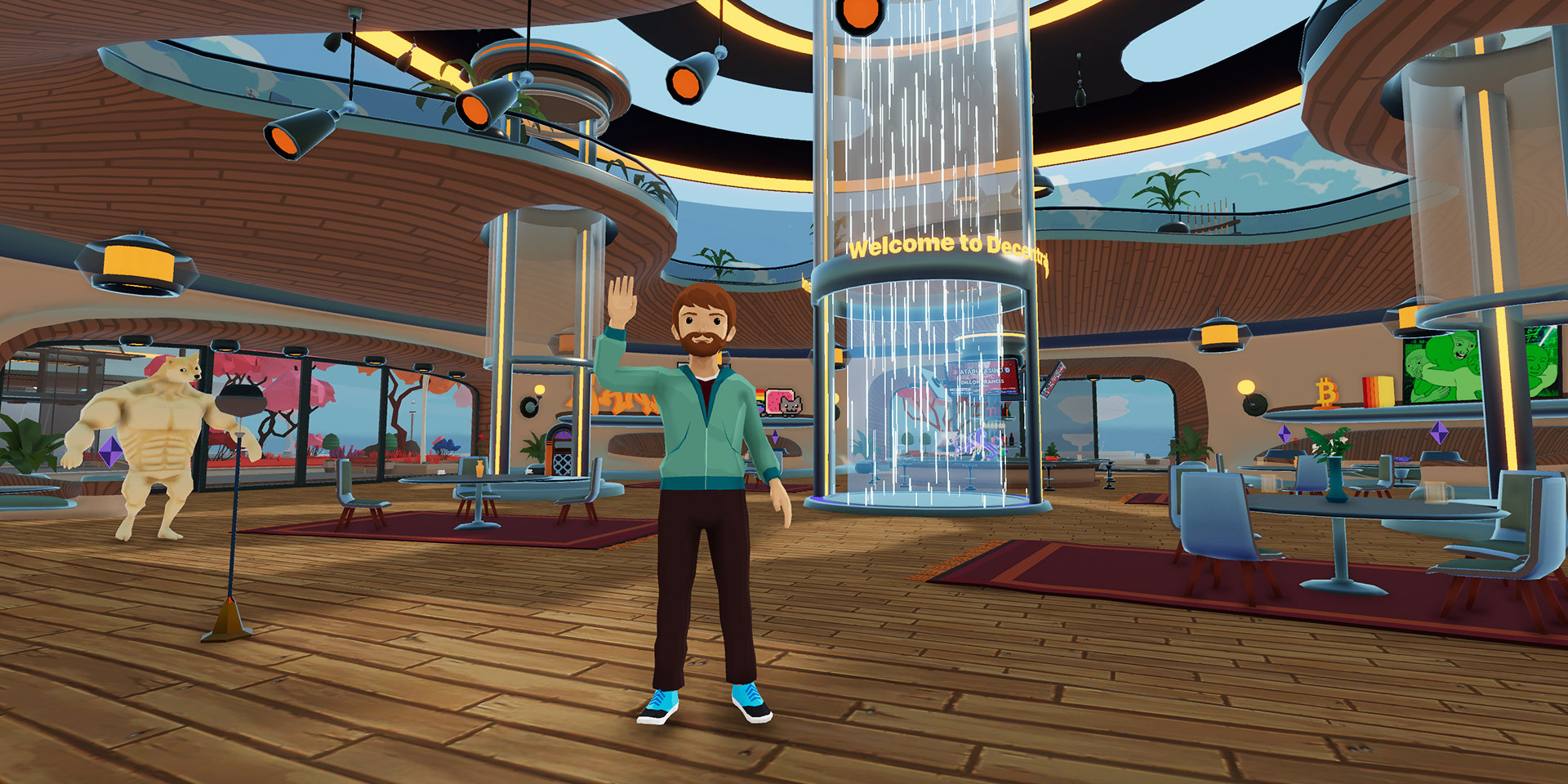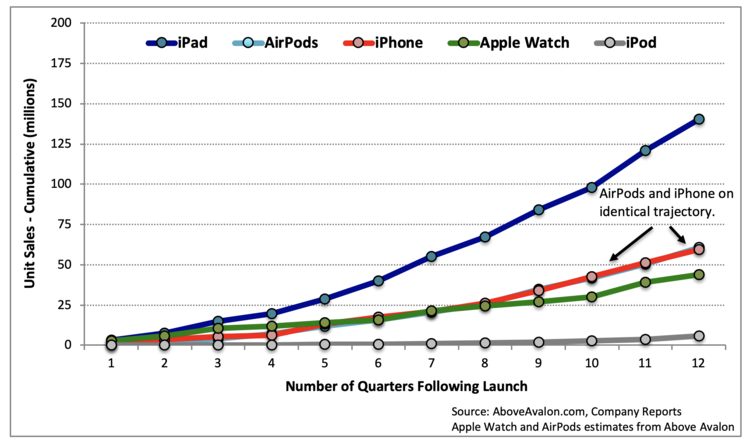This piece explores the intersection of underground rave culture and Web 3 concepts like decentralized autonomous organisations.
Lately I’ve been thinking about an idea I had pre-pandemic. I wanted to set up a local rave night to fill a gap I perceived in Berlin’s nightlife. I mentally prepared myself to do all the heavy lifting involved in setting up a new club night – something I’d witnessed from friends taxiing artists around, losing money on events, having to staff the entrance, handling logistics, and of course doing the promo. The pandemic put all those ideas on hold and helped generate a new perspective on things.
Goal-oriented
I previously explored what artists’ fanbases can look like as blockchain-based decentralized autonomous organisations (DAOs) – I recommend reading it if you’re not familiar with DAOs. One important aspect for DAOs is that they should have a clear reason to exist, so that people have something clear to organise around and identify new initiatives.
For events, that goal is pretty straightforward: for example to run a number of events per year (e.g. 6, 12, 24) with a clear musical and subcultural footprint (e.g. hyperpop meets queer hardtechno).
There are lots of activities to take care of, such as:
- Artist bookings
- Travel & accommodation (unless fully local)
- Artwork & design
- Promotion
- Venue decoration
- Tickets & admissions
Many of these require funds and when starting out there’s always a risk you won’t break even. DAOs can mitigate that risk and distribute the heavy lifting surrounding these tasks to a passionate community.

Community-owned raves
My first association with the above words would actually be ‘free party’ culture and teknivals of the 90s, as pioneered by Spiral Tribe (artwork above). They would travel country & continent with soundsystems and throw public raves that were free to attend (and usually illegal). The idea was that by being at the rave, you were not just audience, you’re a participant – a similar mindset to Burning Man‘s ethos. The teknival scene still exists today, by the way.
But what would a community-owned rave look like if it could somehow be formalized?
- Persistent community. Most events have an audience that reconvenes and persists through brief gatherings. Part of the audience will be ‘regulars’ and part will be newcomers. It can be hard to know which part is which and to really feel connected. By making sure the community is organised outside of the context of the occasional event, the community can exist in a persistent state and experience connectedness daily. (see also: Why local is the answer to a future of new normals)
- Shared outcome ownership. The community puts together the events. This may be a representative democratic process, where people get elected to a board or special crews, e.g. for artist selection, brand and artwork, and perhaps various ongoing activities like music releases, mixtapes and podcasts, meetups, listening sessions, etc. This way the output and outcome is a collective responsibility.
- Tokenized. Participants should be rewarded. Most underground events don’t make a lot of money, and don’t have a goal to make lots of cash, so rewards for contributions could come in the form of tokens which give people the ability to participate in the governance of the DAO or get access to other perks. Event tickets could represent a token, which gives you a way to essentially peg token prices to fiat money and automatically make attendees community members (I’d make sure to only sell 1 per person though – maybe translating actual attendance to tokens, rather than just holding the ticket. I’d also carefully think through the implications of attendance always representing 1 token).
- Proposals & voting. People can submit proposals for artists, event decoration, and peripheral activities. They can request budgets in the form of tokens which they can hold (for governance or to let them accrue value) or cash out in order to finance their activity.
The exact mechanics would depend a lot on the community and what it wants to incentivise. For example, in some contexts you might want to encourage people to spread the word by sharing photos of the events, but some events might enforce strict no-photos rules so that people can be themselves without the pressures of being seen on social media (or worst case: becoming a meme).
Not public, not private, but community events
One example of how this might work can be gleaned from the Friends With Benefits (FWB) DAO, which is a creative community that requires people to buy $FWB tokens in order to participate. It then rewards tokens, as described in the bullet points above, for certain activities. While I personally would avoid throwing up high economic barriers to participatio, for the sake of inclusivity (which is also why many events in Berlin have flexible entrance prices, e.g. minimum 5, but 10 if you can afford it), FWB has been able to create an economic space where members can reward each other with tokens that can be cashed out in order to finance projects. (I don’t mean to imply FWB in general is not inclusive – it’s just a general concern I have with regards to onboarding people into tokenized communities)
This has translated into a real-life event in Miami recently, with DJs like Yves Tumor and Jubilee, that you could only attend if you held a certain number of tokens. For those from out of town, the community created a city guide which can be unlocked in exchange for tokens. It’s an excellent example of how communities can create value for other members either through direct activities (events) or peripheral (guides) and how that value can then flow around the community. All of this didn’t exist a year ago, so what they’ve been able to achieve and fund is incredible.
Stronger together
Many events already function as decentralized autonomous organisations in informal ways. Connecting it to the Web3 allows the community to persist across the metaverse and leverage NFTs, communal creation, and channel the unique talents of all involved.
It gives a certain predictability too. If you have a big community around your event, it can be tough picking artists for your line-up, since you only have so much time per night, which means not everyone will get to play. If the community becomes self-sustaining and energized, it should be easy for the organisation to make a risk assessment and set up more event nights.
It could even extend its footprint, so that people in other cities can set up local chapters under the same brand. Over time, the DAO becomes representative of a subculture and may see artist exchanges and people traveling to each other’s cities to meet community members there and experience the local chapter’s events. At scale, the DAO and the new subculture might become synonymous, though it’s also possible to think small and keep it to a small, local community of fans & friends.
The choice is yours – and theirs.
x
Help me take my writing to the Web3 & support me in Mirror‘s $WRITE race on Wednesdays. Vote here.








